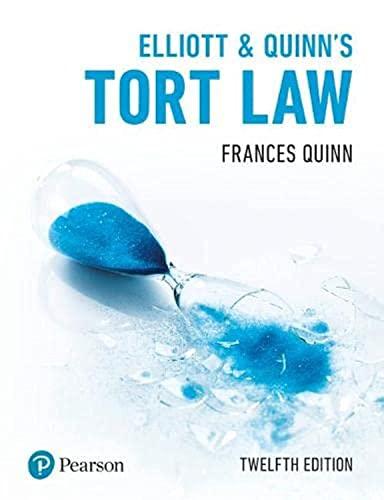Question
A police officer, driving with a fellow officer, initiated efforts to stop defendant Payne for an observed traffic violation. Payne turned into a relative's driveway
A police officer, driving with a fellow officer, initiated efforts to stop defendant Payne for an observed traffic violation. Payne turned into a relative's driveway before officers could complete the traffic stop.When the officers got out of their car and told the defendant to stop, he took flight and ran away from the area of the front of the house. One officer followed the defendant into the backyard of a house, but while chasing the defendant, the officer observed that defendant pulled out a gun and threw it away.Police retrieved the gun and connected it to the defendant Payne. The chasing officer testified that the defendant never came to a complete stop while discarding the gun, but threw it down while on the run.He escaped and was not arrested for several hours.In order for the seizure of abandoned property to be reasonable under the Fourth Amendment, the abandonment must have been voluntary.The defendant failed in his motion to suppress the gun because the trial court found that the gun was voluntarily abandoned.Because the defendant was not in custody when the gun was abandoned, the gun was subject to a warrantless seizure.
The Procedural Problem
Under the circumstances, did the defendant Payne voluntarily abandon the gun and have no complaint if the police seized it and obtained other evidence from it?Did the police doanything wrong or illegal in this situation?Would it matter if the traffic stop were not based on any lawful reason?
Step by Step Solution
There are 3 Steps involved in it
Step: 1

Get Instant Access to Expert-Tailored Solutions
See step-by-step solutions with expert insights and AI powered tools for academic success
Step: 2

Step: 3

Ace Your Homework with AI
Get the answers you need in no time with our AI-driven, step-by-step assistance
Get Started


